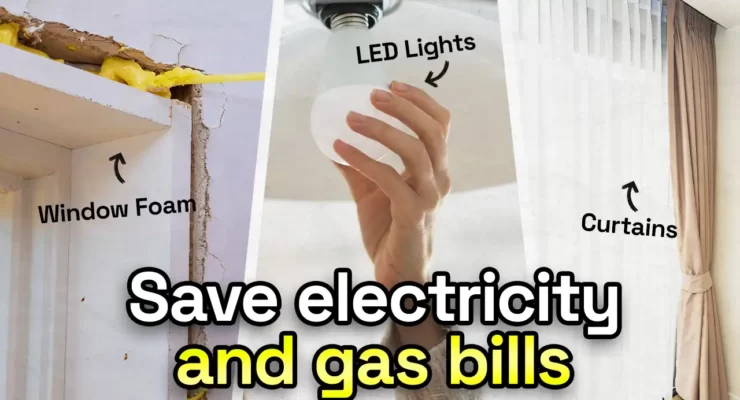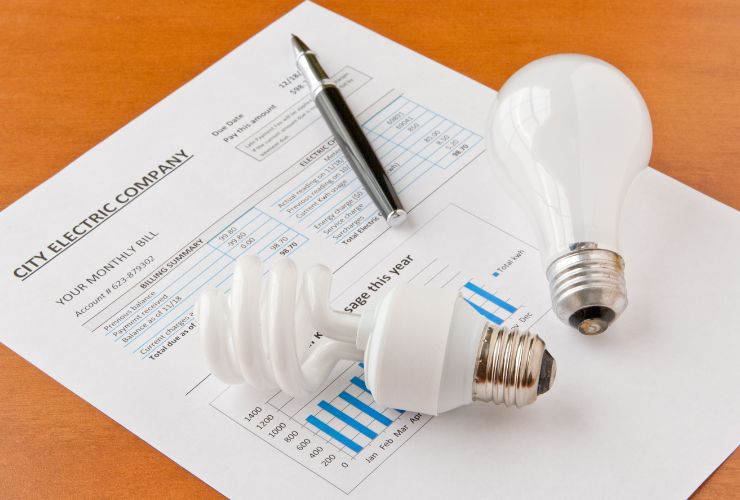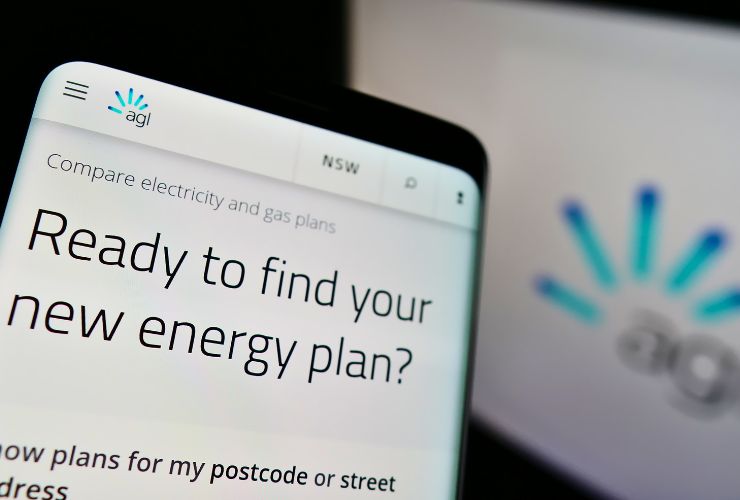
Fast read
As energy bills are predicted to increase, reducing energy consumption at home and business can help save money. In addition, some simple and cost-effective steps can be taken, such as sealing gaps under doors and windows with draught-proof foam strips or door snakes.
Installing new ceiling or underfloor insulation, choosing energy-efficient appliances when replacing old ones, using appropriate temperature settings for heating and cooling, and choosing LED lightbulbs with higher lumen can also help.
For those with a bigger budget, improving home insulation, installing awnings, ceiling fans, window tinting, or solar panels with home storage batteries can help lower energy bills.
Undertaking an energy audit can identify areas of improvement, and using a trustworthy company can help make energy-efficient upgrades. In addition, gradual improvements in energy efficiency can result in long-term energy savings on bills.
How to reduce your home’s electricity bills?
Electricity bills, especially electricity are predicted to increase sharply over the next 12 months, so what options do we have to reduce them?
While shopping around for a lower-cost electricity provider is an obvious first step, if overall there is no provider with fair pricing and they all have gone up, our only real option is to find ways to reduce our energy usage in the home and business.
1. The simplest and cheapest steps, such as reducing the gaps under doors and windows, will possibly have the highest return on investment.
For example, a $10 draught-proof foam strip or a $3 door snake can help heat or cool the room more efficiently, therefore check out the home and find spots where one can prevent draughts. This should be your 1st step in reducing your energy bills.
2. Installing new ceiling or underfloor insulation achieves a good ROI. This is particularly true for homes with either insulation with a low R-value or no insulation whatsoever, with significant gaps in the existing insulation. Or have additions to the home where the insulation was never added to the roof space. In this instance, an audit of existing insulation is a worthwhile exercise to fill the gaps.
Replace inefficient appliances to reduce your electricity bills
3. If you are replacing appliances in the future, ensure you do not look at the initial price or looks. But also make the energy efficiency of the appliance a critical consideration. For example, when choosing a new air-conditioner.
Picking the lower electricity consumption unit can save hundreds of dollars over the unit’s life. Picking the most energy-efficient unit when replacing them will significantly impact your regular energy bill. This is because all these savings will add.
4. In heating and cooling the home, try not to go to extremes, use the 18 to 21-degree Celsius range in winter. Use the 23 to 25 degree Celsius range in summer as every few degrees of a hotter home in winter and a cooler home in summer can add to 20% of running energy costs.
Also, educate your kids about the ideal temperature settings, this is because you pay the power bills. So keeping the temperatures in a sensible range is in your interest.
5. Regarding lighting, the previous generation of energy-efficient light bulbs. LED has now superseded the CFL style, which is even more efficient.
So when you buy new lightbulbs, go for LED, but choose the higher lumen ones, e.g. more than 1000 lm and 1200 lm plus is ideal because you still want a bright, relaxing home environment, not a dark, dingy place.

Consider an energy audit and tackle your home’s energy guzzlers
6. If you have a substantial budget to improve your home’s energy efficiency and decrease your electricity bills. You could consider tackling some significant household appliances, such as the hot water heater, the heat pump, and the tank, as the best solution.
The double-glazed windows will also help improve the sound level in the residence. This is because they will effectively cut down the outside noise.
7. Thick curtains can not only darken the room well in the morning, allowing you a great sleep-in, but they also have thermal insulation qualities for winter and summer. So if you are considering installing curtains or changing the existing ones, make sure they have some thickness to allow you to keep the heat in winter and hold the heat back in summer. Of course, these curtains will only help your electricity bill if you use them appropriately during hot and cold days.
8. Undertaking an energy audit via a professional service is also a great start in working out the low-hanging fruits of achieving a better long-term energy footprint for the home.

Awnings were suitable in the olden days and still serve a purpose for your electricity bills
9. With thick curtains also come awnings over Western or Northern-facing windows. Awnings prevent the summer sun from reaching your window in the first place, and the lower heat load on this particular window will be significant.
10. Not every room needs an air conditioner, such as rooms with south-facing windows, especially in a two-storey home can be cooled with a ceiling fan, which is a more energy-efficient solution.
11. Window tinting is also a solution to improve energy efficiency, which is surprisingly affordable. So consider getting some quotes for your most exposed windows.
12. Solar and a home storage battery can also put downward pressure on electricity bills, but these improvements will require a higher budget than changing all the lightbulbs in the home to LEDs.
So as you can see, a home can have its energy efficiency improved step by step, so get an energy audit, make a plan and then gradually improve your home’s energy rating and reduce your electricity bills year after year.


